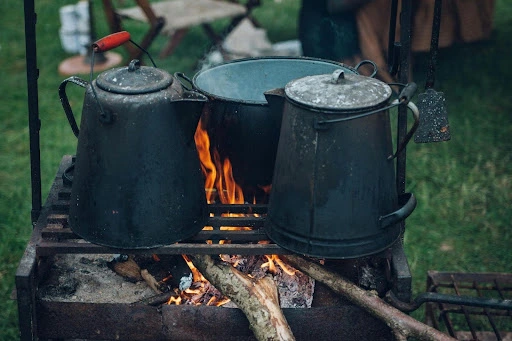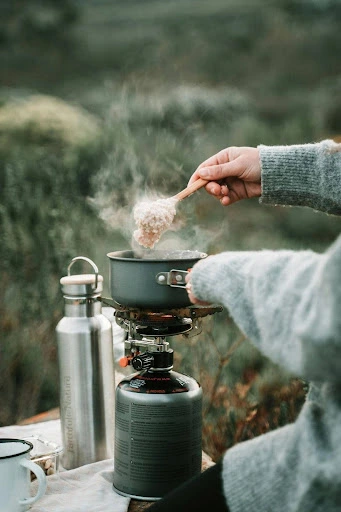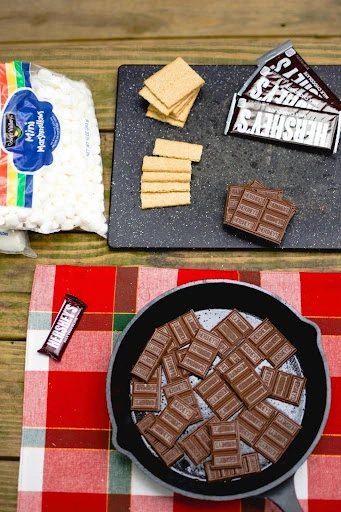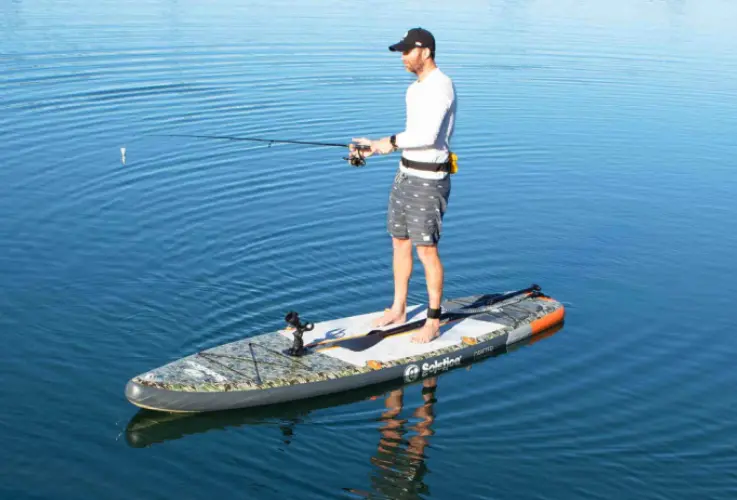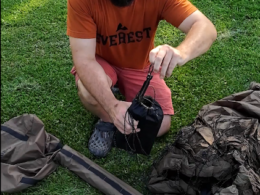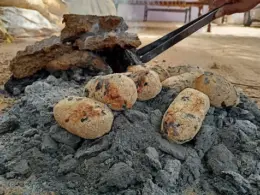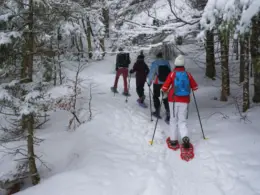Camping in the great outdoors is a rite of passage, an escape from urban life into the lap of nature. For the uninitiated, the prospect of leaving behind your fully-stocked fridge can be daunting. But fear not. We’ve got your back with a comprehensive guide to non-perishable camping foods that will keep you well-fed, energized, and ready for adventure, without the need for refrigeration.
This guide is not meant to be for minimalists and may involve bringing a can or two of something out, but from personal experience, it is not much extra added weight.
Table of Contents
Making the Un-chilled Choice
Camping without a fridge presents a unique set of challenges. Not only are you contending with the limited space and weight constraints of your backpack, but you also need to ensure that the food you carry won’t spoil under the unrelenting gaze of the sun. Choosing non-perishable foods is essential, and understanding what falls into this category is your key to culinary success in the wild.
Picking the Essentials
When you’re selecting non-perishables, aim for the trifecta of nutrition, versatility, and durability. Think canned goods, dehydrated foods, and anything that comes in a vacuum-sealed pack. You’ll generally hear about items like dried fruits, nuts, canned tuna, and jerky for camping. They pack in nutrients, require little preparation, and can withstand various conditions. But there is more to eating well while camping than those generic items.
Here is a list of things that I keep stocked in my camping pantry:
- Powdered milk (coffee, cereal)
- Evaporated milk (cooking)
- Sweetened condensed milk (coffee, oatmeal, camp fudge)
- Bag of oats
- Tortillas
- Portioned cheeses
- Flour
- Packaged pasta meals (Sidekicks, mac and cheese, dehydrated mashed potatoes)
- Instant coffee/Tea/Hot chocolate
- Dehydrated chives
- Garlic/onion powder/other spices
- Various noodles (ramen, spaghetti, gnocchi)
- Chocolate
- Honey/Maple Syrup
- Sugar
- Butter (Can be left out for several days)
- Hot sauce
Packing and Storage Tips
Your camping food list is just the beginning. To ensure your meals stay fresh and unspoiled, how you pack and store them is critical. The best way is to use resealable bags to keep small items organized, and airtight. They are small and foldable for easy packability. Resealable bags can double as trash backs to ensure you carry out what you brought in.
Be mindful of fragile foods and pack them on top of anything heavy. There’s nothing worse than opening up your bag to find crushed noodles or buns at the bottom.
The Camper’s Non-Perishable Menu
Your camping meals shouldn’t just keep hunger at bay; they should also be highlights of your trip. Here are some simple yet satisfying meal ideas that are as delicious as they are uncomplicated.
Rise and Shine Breakfasts
Start your day with a hearty breakfast that requires minimal effort. Cooking a pot of oats takes minutes with a propane stove. Mix it up a little with some powdered milk (reconstituted of course), dried berries, honey, or maple syrup.
Alternatively, whip up a quick batch of dough using flour, sugar, and some salt to make a Bannock dough that you can cook over the fire. Melt the honey and butter to combine into honey butter and you have a delicious carb-laden breakfast.
On-the-Go Lunches
You want something that won’t weigh you down but will keep you moving. Tortillas, dried meat of your choice, and some of those portioned cheeses covered in wax (Babybel comes to mind) are a great idea for a quick lunch before carrying on.
Filling Dinners
After a day of hiking, a robust meal is non-negotiable but your energy levels might be low. This is where the packaged pasta meals, or a hearty ramen dish can come in handy. Some of the packaged meals require milk and that’s why I keep some evaporated milk on hand.
Safety Dance: Keeping Food Safe
When camping, managing food safety extends beyond proper handling and preparation; safeguarding your provisions from wildlife and adverse weather is critical. To thwart animals, especially in bear-prone areas, utilize bear-proof containers or hang your food at least 10-12 feet above the ground and 4 feet away from the tree trunk using a bear hang. Both methods prevent wildlife from accessing your food, thereby keeping both you and the animals safe.
It’s also prudent to store food away from your tent, minimizing the chance of unwelcome visitors during the night. Always check local recommendations for wildlife management in the area where you’ll be camping, as some locations might have specific requirements or provide bear-proof containers or lockers. Some areas might have bears while others will have large cats – both require different styles of prevention.

